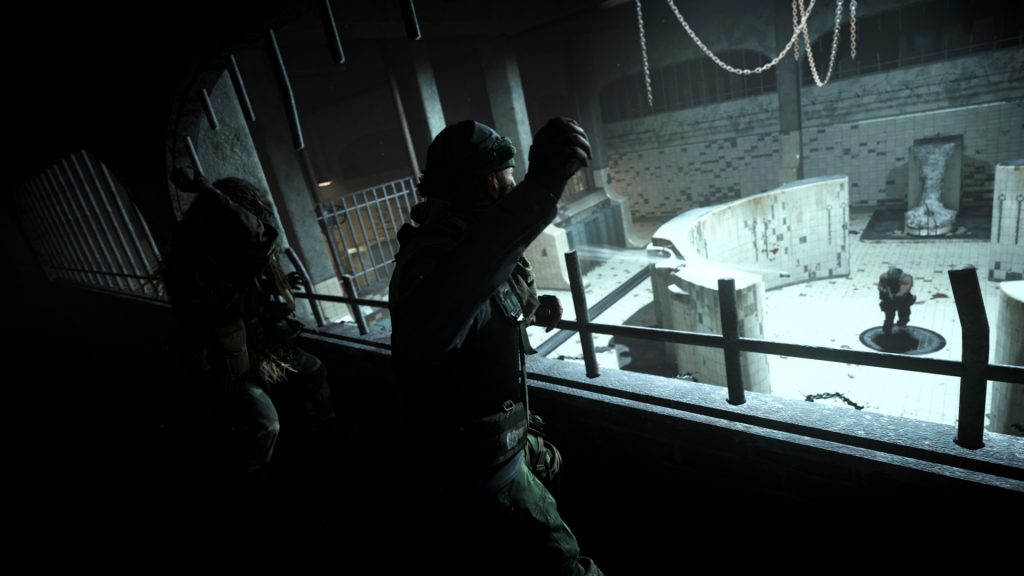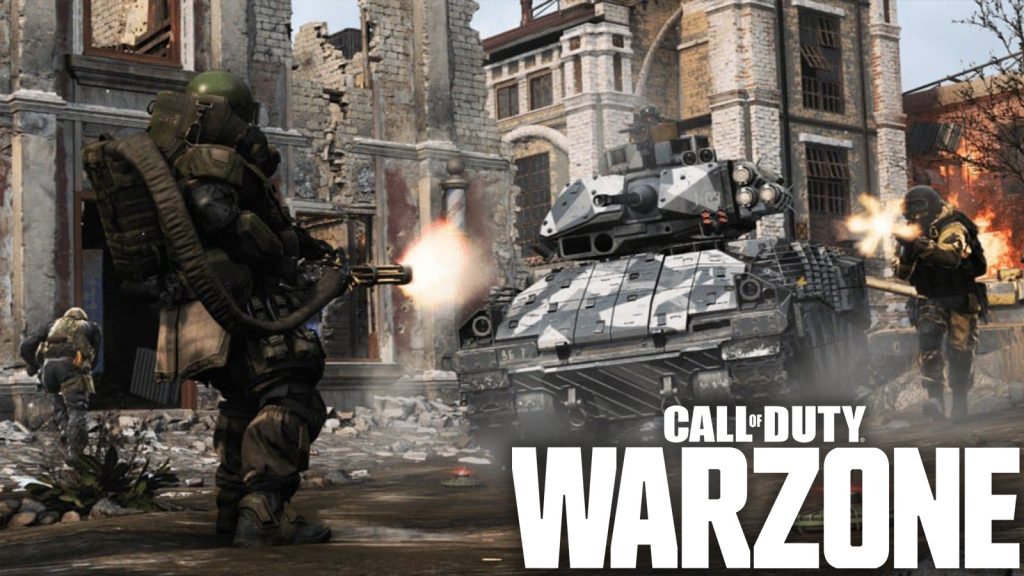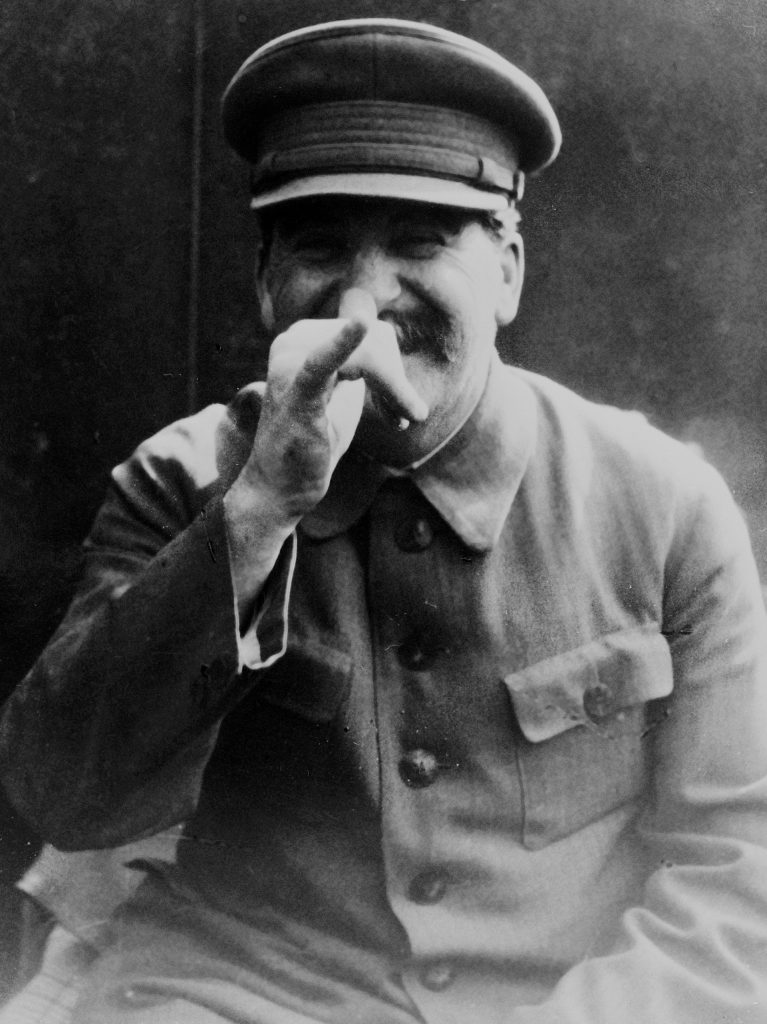AC, Baile Átha Cliath
“Teach those bastards a lesson” is a phrase billowing through my apartment recently, as my housemate trades lockdown-lows for the fast paced, high octane and rage inducing world of Call of Duty. Activision Blizzard‘s newest game of the 17 year old franchise does its best to change up the trending last-man-standing “battle royale” format, popularised by PlayerUnknown’s Battlegrounds and Fortnite, with one noticeable addition: the gulag.
For anyone who has chosen deleting the ladders in swimming pools as their preferred form of gaming murder during this pandemic (like I have), Call of Duty: Warzone places up to 150 real players on one fictional Ukrainian island to fight it out to the death. If the “lag” gets you killed early into the game, you’ve a chance at redemption in the “Gulag”, where you 1v1 another unfortunate player in the showers of, what looks like, a prison. If you win, you’re back in the game for a second and final chance.
I could easily spend the entire lockdown ranting about some of the problematic aspects of Call of Duty, like its promotion of a winnable White Phosphorus bomb, the franchise being used by western militarism as a form of recruiting teenagers, its collaboration with the US military on eSport events, its ongoing Russophobia, its play-your-own school shootings and torture methods, but I’m going to do my best to avoid it, and avoid Activision Blizzard’s sacking of 8% of their staff following their most successful sales in 2018, so I’ll purely be focusing on “Gulags” as Europeans, yanks and game developers understand them today. Full list of sources and texts at the bottom.

-
Gulag (Russian: ГУЛаг) is an acronym for the Main Administration of Camps, which was the government body of the Soviet Union overseeing the system of labour camps, which, given the number of prisoners of war, peaked in size during WWII/The Great Patriotic War (Вели́кая Оте́чественная война́). As you’re probably aware, the term is used by westerners as a broad umbrella term for prisons, education and labour camps, some of which had no association to the Gulag, but this is easily the least heinous of misinterpretations.
-
Much of the West’s understanding of gulags comes from The Gulag Archipelago, published in ’73 and distributed during the Cold War as fact, however even the author’s wife in her memoirs said her husband did not regard the work as historical or scientific research, and that it was a collection of “camp folklore”. The author, Aleksandr Solzhenitsyn, was originally arrested for derogatory comments and writing about overthrowing the state, while serving in the military.
-
After 1930 the Soviet penal system included prisons, labour camps, the labour colonies of the gulag, special open zones and obligation to pay fines. Whoever was remanded into custody was generally sent to a normal prison while investigations took place to establish whether he might be innocent, and could thus be set free, or whether he should go on trial. If found guilty he could be sentenced to pay a fine (a given percentage of his wages for a given period of time), to a term of imprisonment or, more unusually, to face execution.
-
To the gulag labour camps were sent those who had committed serious offenses (homicide, robbery, rape, economic crimes, etc.) as well as a large proportion of those convicted of counterrevolutionary activities. Other criminals sentenced to terms longer than 3 years could also be sent to labour camps. After spending some time in a labour camp, a prisoner might be moved to a labour colony or to a special open zone.
-
There were 425 gulag labour colonies in 1940. These were much smaller units than the labour camps, with a freer regime and less supervision. To these were sent prisoners with shorter prison terms – people who had committed less serious criminal or political offenses. They worked in freedom in factories or on the land and formed part of civil society. In most cases the whole of the wages he earned from his labour belonged to the prisoner, who in this respect was treated the same as any other worker.
-
The special open zones were generally agricultural areas for those who had been exiled, such as the kulaks who had been expropriated during collectivisation. Other people found guilty of minor criminal or political offenses might also serve their terms in these areas.
-
The fairy tales that Stalin arrested and permanently threw tens of millions in camps to die in the 1930-1953 period appear untrue. (Conquest, 1990) In particular, the Soviet archives indicate that the number of people in Soviet prisons, gulags, and labor camps in the 1930s, 1940s, and 1950s averaged about 2 million, of whom 20-40% were released each year, (Getty, Rittersporn, and Zemskov, 1993). This average, which includes desperate World War II years, is similar to the number imprisoned in the USA in the 1990s and is only slightly higher as a percentage of the population.
-
The annual death rate for the Soviet interned population was about 4%, which incorporates the effect of prisoner executions (Getty, Rittersporn, and Zemskov, 1993). Excluding WWII years, the death rate in the Soviet prisons, gulags, and labor camps was only 2.5% (Getty, Ritterspom, and Zemskov, 1993), which is actually below that of the average “free” citizen in capitalist Russia in peacetime 1913 (Wheatcroft, 1993).
-
1/3 of the confined people were not even required to work (Bacon, 1994), and the maximum work week was 84 hours. Still 16 hours less than “free” 6-year old children during peacetime in the capitalist industrial revolution (Marx and Engels, 1988b). It may seem high compared to the 7-hour day worked by the typical Soviet citizen under Stalin (Davies, 1997).
-
Most of the arrests under Stalin were motivated by an attempt to stamp out civil crimes such as banditry, theft, misuse of public office for personal gain, smuggling, and swindles, with less than 10% of the arrests during Stalin’s rule being for political reasons or secret police matters (Getty, Ritterspom, and Zemskov, 1993).
-
It’s often claimed Stalin’s police state oppressed and imprisoned any dissent, however, the regular police, the political or secret police, prison guards, some national guard troops, and firefighters (who were in the same ministry as the police) comprised scarcely 0.2% of the Soviet population. In comparison, the USA today has many times more police as a percentage of the population (about 1%, not to mention prison guards, national guard troops, and firefighters included in the numbers used to compute the far smaller 0.2% ratio for the Soviet Union).
It’s understandable that Activision Blizzard wouldn’t want fighting in showers depicted in US prison systems, given that 21% of US prisoners with serious psychological distress reported having been sexually assaulted during their incarceration, a ruined Trump-voting rust-belt town may also be too close to home, but its choice of a Ukrainian-esque setting under an misrepresented USSR penal system adds fuel to the fire of the already worrying russophobic EU-backed neo-Nazi presence in Ukraine today.
The further misunderstanding of what “Gulag” means is part ignorance, part New Red Scare nonsense, much like Netflix’s Stranger Things 3‘s Soviets who build a portal to hell under a middle-America shopping mall, HBO’s Chernobyl‘s laugh-out-loud depiction of what cult of personalities are and Ralph Fiennes 2018 BBC flick about a defected soviet danseur, The White Crow. Media makers, and the millionaires funding them, are creating a fresh new round of anti-worker, anti-socialist or anti-USSR propaganda and it might be fun if it wasn’t so stale a plot device.

Further Reading / Sources
-
Another View of Stalin (section on the Gulag)
https://stalinsocietypk.files.wordpress.com/2013/05/another-view-of-stalin1.pdf
-
Solzhenitsyn’s Archipelago of Lies (1974 scanned book)
https://archive.org/details/ArchipelagoOfLies
-
The Soviet Union had a progressive penal system
https://espressostalinist.com/the-real-stalin-series/gulag/
-
Re-education?
http://moufawad-paul.blogspot.com/2012/03/re-education.html
-
Lies concerning the history of the Soviet Union
http://www.northstarcompass.org/nsc9912/lies.htm
-
The Gulag archipelago shouldn’t be taken seriously
https://mltheory.wordpress.com/2017/05/08/the-gulag-archipelago-shouldnt-be-taken-seriously/
-
Original documents on the death rate of prisoners in the Gulag system 1930-1956
http://www.alexanderyakovlev.org/fond/issues-doc/1009320
-
Victims of the Soviet Penal System in the Pre-War Years : a first approach on the basis of archival evidence (by J. Arch Getty, Gábor T. Rittersporn, Viktor N. Zemskov)
http://www.cercec.fr/materiaux/doc_membres/Gabor%20RITTERSPORN/Victims%20of%20the%20Gulag.pdf
-
What were the chances to be sent to the Gulag?
http://www.northstarcompass.org/nsc0901/gulag.htm


